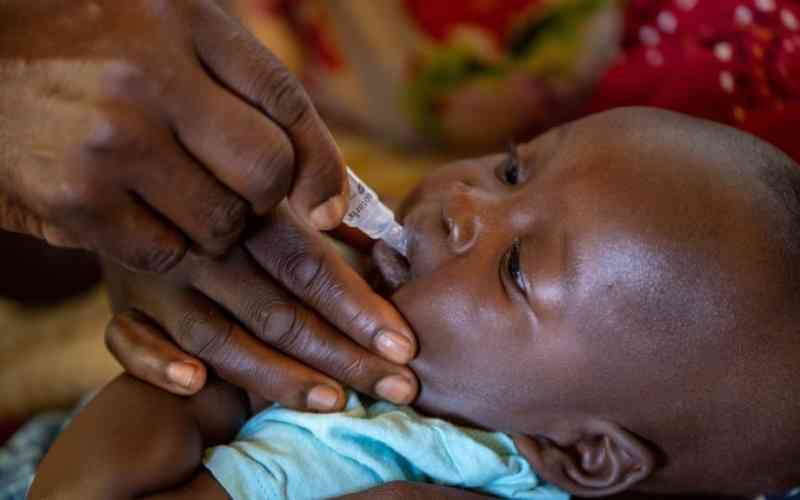Kenya is among African countries facing an uphill task in repaying their external debt, a study reveals.
The new report titled ‘Economic Development in Africa Report 2016’ by the United Nations Conference on Trade and Development (UNCTAD) argues that Kenya needs to find other ways of sourcing revenue, apart from depending on external funding.
Some of the avenues which are being proposed in order to manage its external debt include: encouraging diaspora remittances and encouraging private-public-partnerships (PPPs) in development.
“The external debt continually looks unsustainable. Apart from encouraging remittances and powering PPPs, Kenya also needs to clamp down on illicit financial flows that go outside the country,” the report says.
The gist of the argument in the report is that the country’s external debt ratios appear unmanageable and if nothing is done about it, the debt growth may end up precipitating a crisis as experienced in the late 1980s and 90s.
“Borrowing can be an important part of improving the lives of Africans,” UNCTAD Secretary-General Mukhisa Kituyi said while addressing issues raised in the report.
“But we must find a balance between the present and the future, because debt is dangerous when unsustainable,” he added. A core reason the country is finding it difficult to manage its debt is the decision to re-base the economy by the World Bank, such that Kenya has now achieved middle-income status.
Having middle-income status means concessional financing from multilateral development partners will be phased out in the future as these development partners divert more budgetary resources towards other poorer and more vulnerable countries.
Another cause is that Kenya is a commodity-dependent country. External debt sustainability is subject to the boom and bust cycles on international commodity markets. Therefore, the current collapse in commodity prices means a fall in revenues and lack of money to service the debts. The new revelation comes after the Controller of Budget in February this year disclosed the country was finding it harder to attract grants from development partners because of the high conditions set by these partners.
Kenya’s budget deficit is forecast to climb to 9.3 per cent of gross domestic product in the 2106/17 fiscal year starting on July 1, compared to below eight per cent in the current 2015/2016 financial year, a rise which has unnerved investors. As it sought to raise funds domestically in October and November last year, yields on 91-, 182- and 364-day Treasury bills climbed above 20 per cent, straining State coffers and hitting commercial bank borrowers and companies.
 The Standard Group Plc is a
multi-media organization with investments in media platforms spanning newspaper
print operations, television, radio broadcasting, digital and online services. The
Standard Group is recognized as a leading multi-media house in Kenya with a key
influence in matters of national and international interest.
The Standard Group Plc is a
multi-media organization with investments in media platforms spanning newspaper
print operations, television, radio broadcasting, digital and online services. The
Standard Group is recognized as a leading multi-media house in Kenya with a key
influence in matters of national and international interest.
 The Standard Group Plc is a
multi-media organization with investments in media platforms spanning newspaper
print operations, television, radio broadcasting, digital and online services. The
Standard Group is recognized as a leading multi-media house in Kenya with a key
influence in matters of national and international interest.
The Standard Group Plc is a
multi-media organization with investments in media platforms spanning newspaper
print operations, television, radio broadcasting, digital and online services. The
Standard Group is recognized as a leading multi-media house in Kenya with a key
influence in matters of national and international interest.








